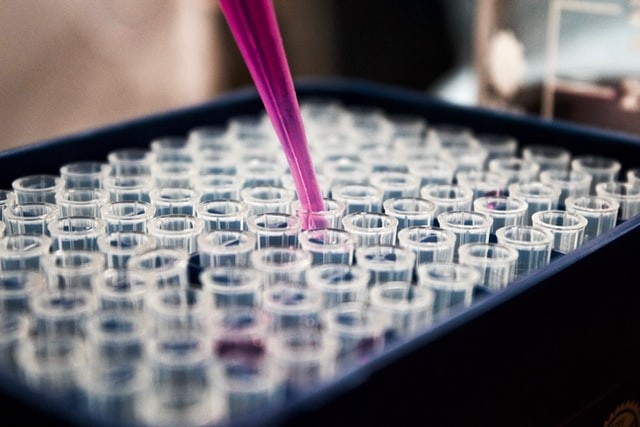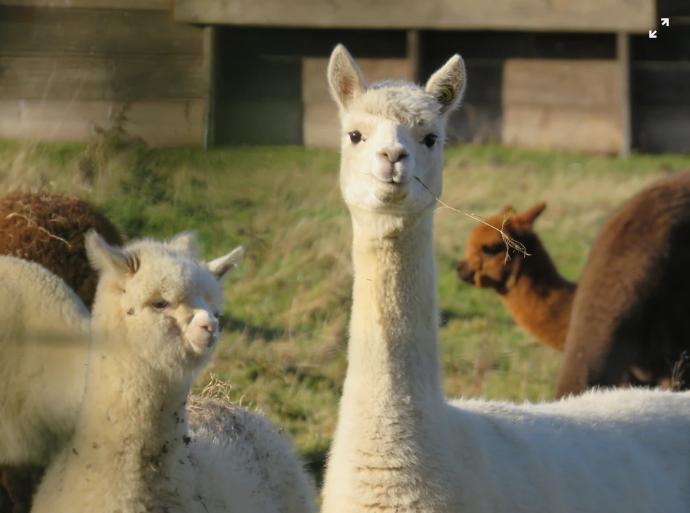A new study on antibodies found in the blood of the South American animal, the llamas, offered some clues on how to fight the dreadful COVID-19.
According to a report on CNET.com, the blood from llamas could potentially unravel new ways of treating COVID-19. Discovering a treatment for the viral disease could reduce the anxiety being felt by people around the world due to the pandemic. The results of the scientific investigation will appear on the upcoming issue of the peer-reviewed journal Cell.
Antibody Bind with the Spike Protein
The researchers provided a detailed description of how unique antibodies found in the blood of a llama can be fused to create a new antibody. The new antibody can bind the spike protein that the coronavirus used to infect cells. They explained that through this method, the antibody could prevent the coronavirus from infecting other cells.
Jason McLellan, a molecular biologist from the University of Texas at Austin, told CNET that it was one of the first antibodies that can neutralize SARS-CoV-2. McLellan is one of the authors of the study.
The discovery was made possible through the help of a four-year-old llama named Winter, who is currently living on a rural farm in Belgium. In 2016, the researchers injected active spike proteins in Winter for several weeks to learn more about the coronaviruses, which are the same virus that causes COVID-19, SARS, and MERS.
ALSO READ : [BREAKING] COVID-19 Update: Japanese Company Claims UV Light Robot Can Destroy Coronavirus in 2 Minutes

ALSO READ : COVID-19 Effect: 'Happy Hypoxia' in Coronavirus Patients Concerns Doctors; Causes 50% Oxygen Drop
With the help of Winter, researchers pinpointed the antibodies that move toward these spike proteins, and they were able to isolate the ones that showed potential in neutralizing the virus. After four years, the llama was still doing well. The study offered is a step closer to neutralizing COVID-19.
Daniel Wrapp, a co-author of the study, described the results of the research as exciting. Wrapp added that they have been working on coronaviruses for years. Wrapp said that back then, it was just basic research since there was no significant need for a coronavirus treatment. But now, he sees that the result of their work could have "some translational implications." In March, Wrapp was also part of the group that created a 3D map of the structure of the SARS-CoV-2 spike protein.
Camelids such as llamas, guanacos, and camels are being used to produce different kinds of antibodies to humans. And a specific type of these is only a quarter of the size of the antibodies found in humans. The researchers believed that these tiny antibodies could be nebulized and used in inhalers.

Findings Not Yet Conclusive
However, the researchers said that the positive result of the study on Winter's blood should be treated with caution. It is not yet conclusive that antibodies are immediately viable as a preventative or cure against COVID-19.
At present, the researchers from the University of Texas in Austin are eyeing to conduct more preclinical studies in other animals such as hamsters or monkeys, to test the result of their llama study further and eventually paved the way to the development of a COVID-19 treatment for humans.
About 3,349,786 people around the world got infected by COVID-19, and a total of 238,628 people have already died due to the pandemic, according to the World Health Organization.
Also Read: COVID-19 Update: Study Shows People With Positive Antibody Tests Are Still Vulnerable To Coronavirus




